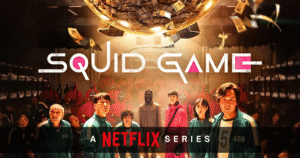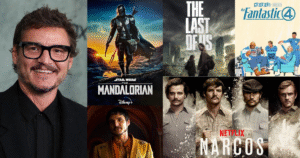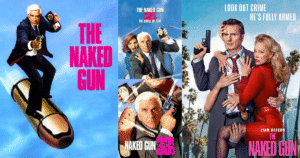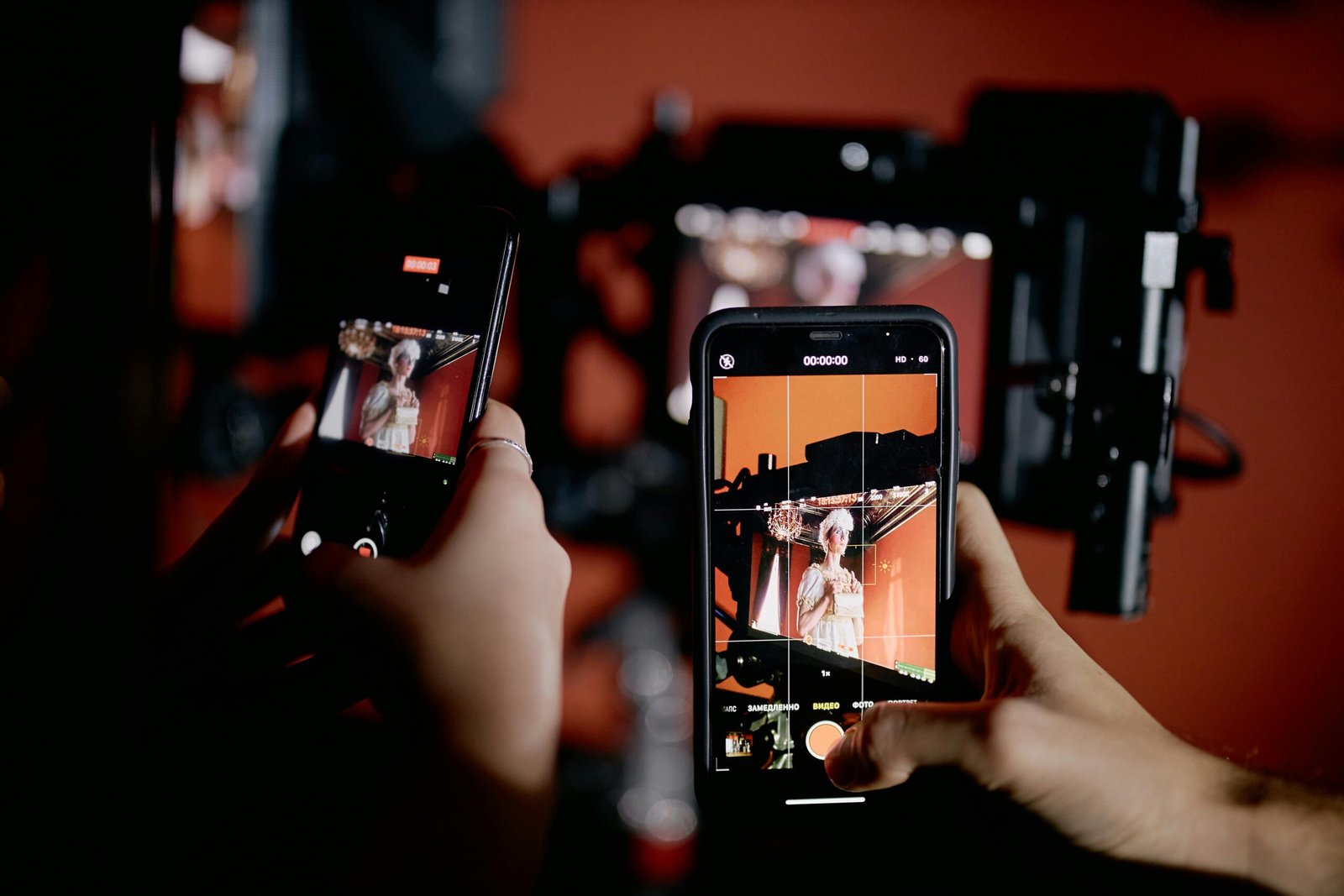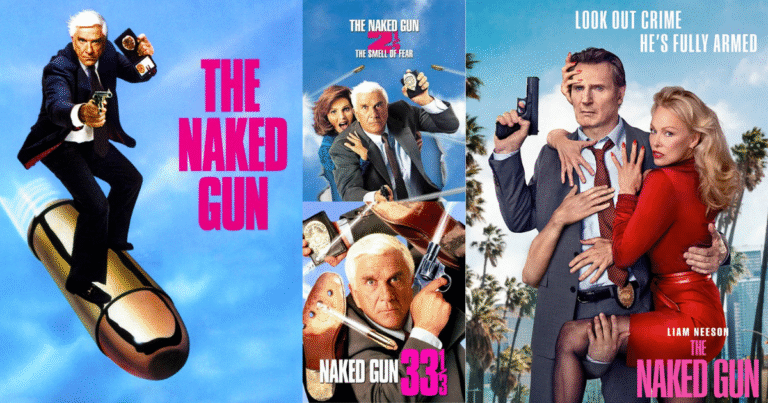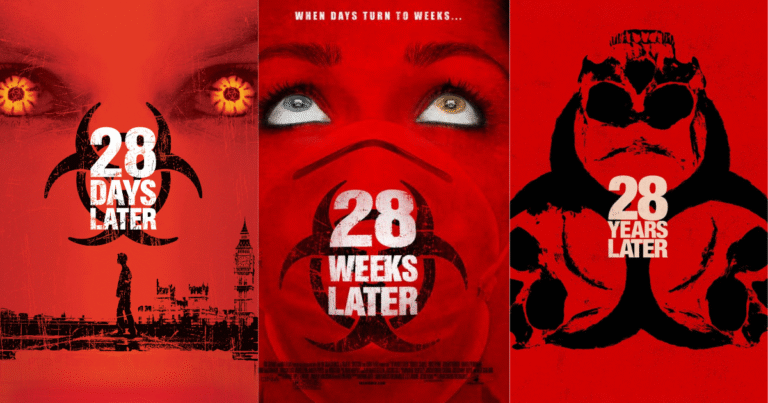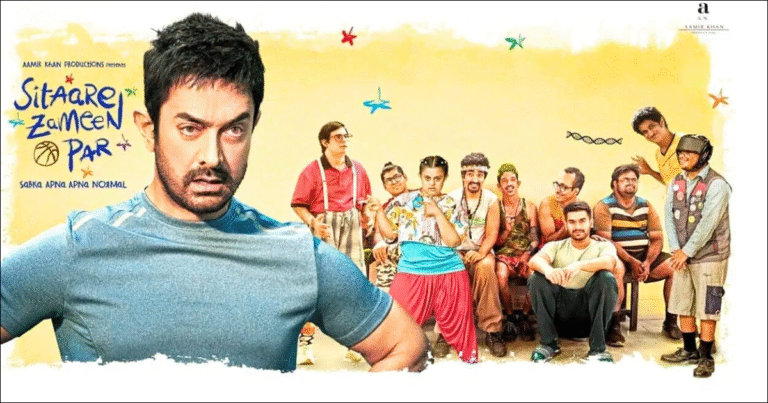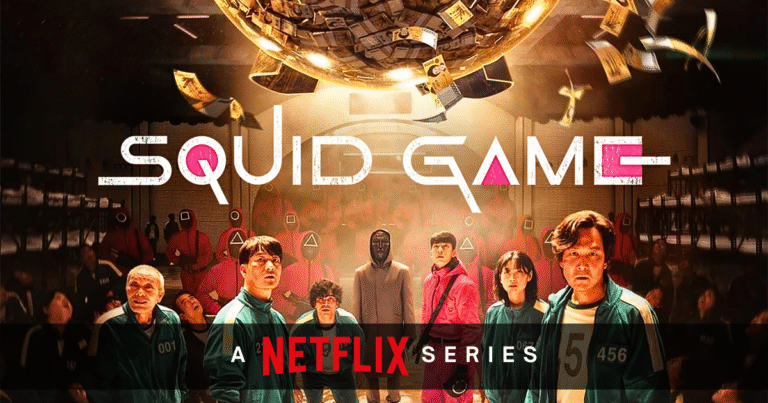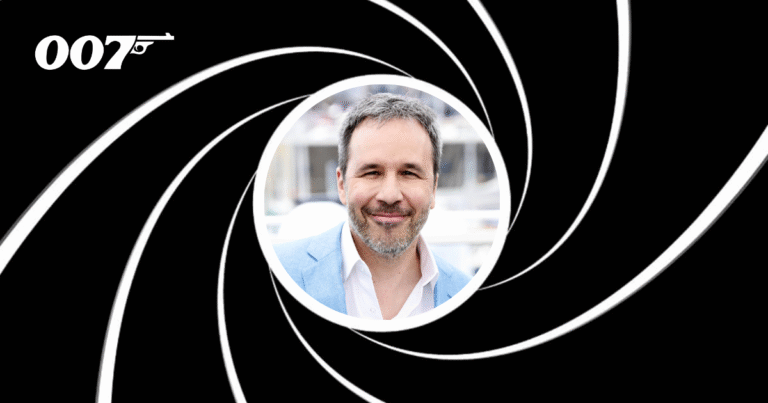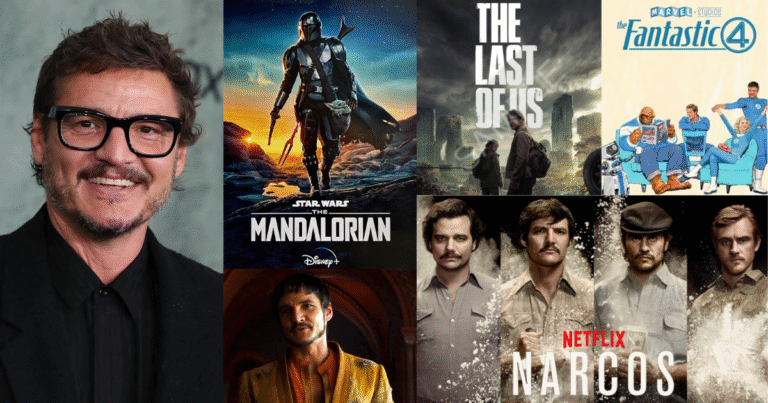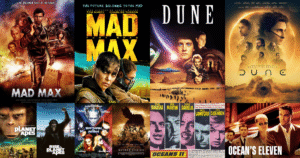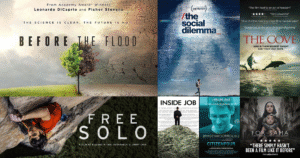Content vs. Cinema: Why the Difference Still Matters
In our digital age, we’re surrounded by an endless stream of videos, shows, and films. With just a few clicks or taps, we can access more visual entertainment than previous generations could imagine. But amid this abundance, something important has happened: we’ve started calling almost everything “content.” This catch-all term now covers everything from TikTok videos to Hollywood blockbusters.
But there’s value in distinguishing between what we might call “content” and what deserves to be called “cinema.” Understanding this difference isn’t about being snobby or elitist, it’s about appreciating each form for what it truly offers us. Let’s explore why this distinction still matters in today’s digital landscape.
The Content Revolution
“Content” has become the defining word of our digital era. It refers to the vast array of videos, images, articles, and audio that fill our screens every day. Content is designed to be consumed quickly and often. It’s what you scroll through during lunch breaks, what autoplay serves up while you’re cleaning the house, what fills those idle moments waiting in line.
Some key characteristics of content include:
Accessibility and Convenience
Content thrives on being available anywhere, anytime. Whether it’s YouTube videos, Instagram Reels, or TikTok clips, content is designed to fit into small pockets of time throughout your day. You don’t need to set aside time specifically to watch it, it fills the gaps in your schedule.
Most content is optimized for mobile viewing, with vertical formats, large text, and quick edits that work well on smaller screens. It’s made to be consumed on the go, not necessarily in ideal viewing conditions.
Algorithm-Driven Production
Much of today’s content is created with platform algorithms in mind. Creators study what gets engagement, what triggers the recommendation systems, and what keeps viewers watching. This shapes everything from video length to thumbnail design to editing pace.
The goal is often retention and engagement metrics rather than artistic expression. That’s not inherently bad—it’s just a different approach to creating visual media.
Volume and Speed
Content creation operates on accelerated timelines. Many successful YouTubers post multiple videos weekly. TikTok creators might post daily or even multiple times per day. Streaming platforms release new shows constantly.
This volume-based approach means individual pieces rarely receive the same level of craft and care that goes into cinema. It’s about maintaining a consistent presence rather than perfecting a single vision.
Direct Creator-Audience Connection
One of the strengths of content is the relationship between creators and audiences. Comments, likes, and direct interactions shape what gets made next. Creators often speak directly to viewers, creating a sense of personal connection that traditional cinema rarely achieves.
The Enduring Power of Cinema
Cinema represents a different approach to visual storytelling. When we talk about cinema, we’re referring to films crafted with artistic intent, technical precision, and emotional depth. These aren’t just movies, they’re complete visions brought to life through the language of film.
What defines cinema in today’s world?
Intentional Craftsmanship
Cinema is characterized by meticulous attention to every element of the production. Directors like Wong Kar-wai, Céline Sciamma, or Barry Jenkins consider each frame a painting, each sound a deliberate choice, each performance a carefully guided emotional journey.
The cinematography in films like “Moonlight” or “Portrait of a Lady on Fire” isn’t just about capturing what happens. it’s about expressing meaning through visual language. Every color choice, camera movement, and lighting setup contributes to the overall vision.
Temporal Experience
Cinema asks for your full attention and time. It creates a complete world that you step into for two hours, immersing yourself without distractions. The theatrical experience—a dark room, a large screen, and an audience sharing the journey, enhances this immersion.
Even when watched at home, cinema is designed to be experienced in a single sitting, not broken into convenient chunks. It builds emotional momentum that requires sustained engagement.
Artistic Vision and Expression
While content often responds to trends and audience feedback, cinema typically begins with a director’s or writer’s vision. Filmmakers like Jordan Peele, Greta Gerwig, or Bong Joon-ho start with something they want to express about the human condition, society, or emotional truth.
This vision-first approach often leads to more distinctive, personal work. Cinema at its best isn’t just entertainment, it’s a form of communication between artist and audience.
Cultural and Emotional Resonance
Great cinema lingers in our minds and hearts long after viewing. Films like “Parasite,” “The Godfather,” or “In the Mood for Love” become part of our cultural landscape, referenced and revisited for decades.
Cinema often tackles complex themes and emotions that can’t be adequately explored in shorter formats. It has the space to build characters, develop ideas, and create emotional journeys that resonate deeply.
The Blurring Boundaries
While the distinction between content and cinema is useful, the line between them isn’t always clear-cut. We’re seeing interesting developments that challenge simple categorization:
Streaming’s Middle Ground
Streaming platforms have created a space for projects that combine elements of both worlds. Limited series like “The Queen’s Gambit” or films like “Roma” bring cinematic quality to home viewing. These works often have the production values and artistic intent of cinema but are distributed through platforms associated with content.
Short-Form Cinema
Some creators are bringing cinematic approaches to shorter formats. Certain YouTube essays and short films demonstrate extraordinary craftsmanship despite their brevity. These pieces show that length alone doesn’t determine whether something is content or cinema.
Cinema Adopting Content Techniques
Meanwhile, some filmmakers are incorporating elements typically associated with content, such as more direct address to the audience or awareness of social media aesthetics. Films like “Searching” or “Eighth Grade” blend traditional cinematic language with digital communication styles.
Why the Distinction Matters
Understanding the difference between content and cinema isn’t about elevating one above the other. Both have value and purpose in our lives. Instead, the distinction helps us:
Adjust Our Expectations
When we know whether we’re engaging with content or cinema, we can approach it with appropriate expectations. Content is often best enjoyed for its immediacy, relatability, and connection to current conversations. Cinema rewards patience, attention, and emotional investment.
Preserve the Theatrical Experience
Recognizing the unique qualities of cinema helps us understand why the theatrical experience remains important. When we treat everything as interchangeable content, we risk losing the special communal experience of watching films in theaters, an experience that shapes how these works affect us.
Support Different Creative Ecosystems
Content creators and filmmakers operate in different economic systems with different constraints. Understanding these differences helps us support both ecosystems appropriately, whether that’s through streaming subscriptions, theater tickets, or direct creator support.
Develop Media Literacy
Being able to distinguish between different forms of media helps us become more thoughtful consumers. We can appreciate the quick humor of a TikTok while also valuing the carefully constructed emotional journey of a film like “Nomadland.”
Finding Balance in a Content-Filled World
In our media-saturated lives, finding the right balance between content and cinema can enrich our experience of both:
Create Space for Deep Engagement
Set aside time specifically for cinema, whether at home or in theaters. Create viewing conditions that let you fully engage with the work: turn off notifications, dim the lights, and commit to the full runtime without interruptions.
Enjoy Content on Its Own Terms
Appreciate content for what it offers: quick entertainment, timely information, and connection to creators and communities. Not everything needs to be a profound artistic statement to be worthwhile.
Seek Variety in Your Media Diet
Just as we benefit from varied nutrition, we benefit from varied media consumption. Mix shorter-form content with complete cinematic experiences. Follow creators who work in different formats and styles.
Support What You Value
If you value cinema, support it with your attention and money, buy tickets, attend film festivals, subscribe to platforms that fund ambitious projects. If you value certain content creators, support their work through subscriptions, memberships, or direct contributions.
Conclusion
Both content and cinema have important roles in our cultural landscape. Content connects us to the moment, to trends, and to creators building communities online. Cinema connects us to artistic traditions, to deeper emotional experiences, and to carefully crafted visions of the world.
By recognizing the difference between them, we can more fully appreciate what each offers. In a world increasingly dominated by algorithms and attention economics, maintaining this distinction helps preserve cinema as a unique art form while also celebrating the creativity and accessibility of digital content.
The key isn’t to choose between them but to understand what makes each valuable, and to make room in our lives for both the quick scroll and the deep dive, the viral video and the cinematic masterpiece.
